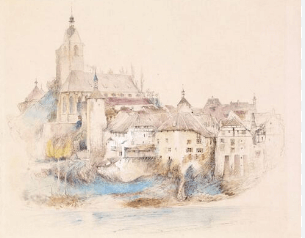Drawing:Nl2qdfgosl0= Scream

The enduring impact of Edvard Munch’s ‘The Scream’ invites a nuanced examination of how artists can visually manifest complex emotional states. Through its dynamic composition and vibrant colors, the piece transcends mere representation, prompting an exploration of techniques that convey profound feelings of anxiety and isolation. As we consider the methods employed to evoke such visceral responses, one must also ponder how personal experiences shape our interpretations of this iconic work. What insights can we glean about the intersection of emotion and technique in art?
Understanding ‘The Scream’
‘The Scream,’ an iconic work by Edvard Munch, encapsulates the profound emotional turmoil of the human experience, serving as a poignant reflection of existential dread and psychological angst.
This masterpiece exemplifies artistic expression, as it transcends mere representation to evoke visceral reactions.
Its psychological significance lies in its ability to articulate the complexities of fear and isolation, resonating deeply with the collective consciousness.
Read more: Drawing:Nl2qdfgosl0= Ghostface
Techniques for Drawing Emotion
Artistic techniques play a vital role in conveying deep emotional states, much like Munch’s ‘The Scream’ does, by employing elements such as composition, color, and line to elicit specific feelings in the viewer.
Effective use of facial expressions enhances emotional resonance, while color symbolism deepens the narrative, transforming hues into visceral experiences.
These elements together create a powerful dialogue between artwork and observer, fostering profound connections.
Personal Interpretations and Impact
Personal interpretations of Munch’s ‘The Scream’ often reveal how individual experiences shape emotional responses, allowing viewers to resonate with its profound themes of existential angst and isolation.
The painting’s emotional resonance is heightened by subjective experiences, prompting reflections on personal fears and vulnerabilities.
This interplay between artwork and observer fosters a deep connection, illustrating how art transcends time, evoking universal sentiments of despair and longing.
Read more: Drawing:Kqu30c7x4xo= Rooster
Conclusion
In conclusion, ‘The Scream’ transcends mere representation of anxiety, embodying a universal human experience that resonates across cultures and generations.
The swirling colors and distorted figure serve not only as a reflection of Munch’s psychological state but also as a catalyst for broader discussions on mental health and existentialism.
The artwork invites continuous exploration and interpretation, reinforcing its status as a seminal piece in the discourse of art and emotion, revealing the depths of human vulnerability and resilience.




